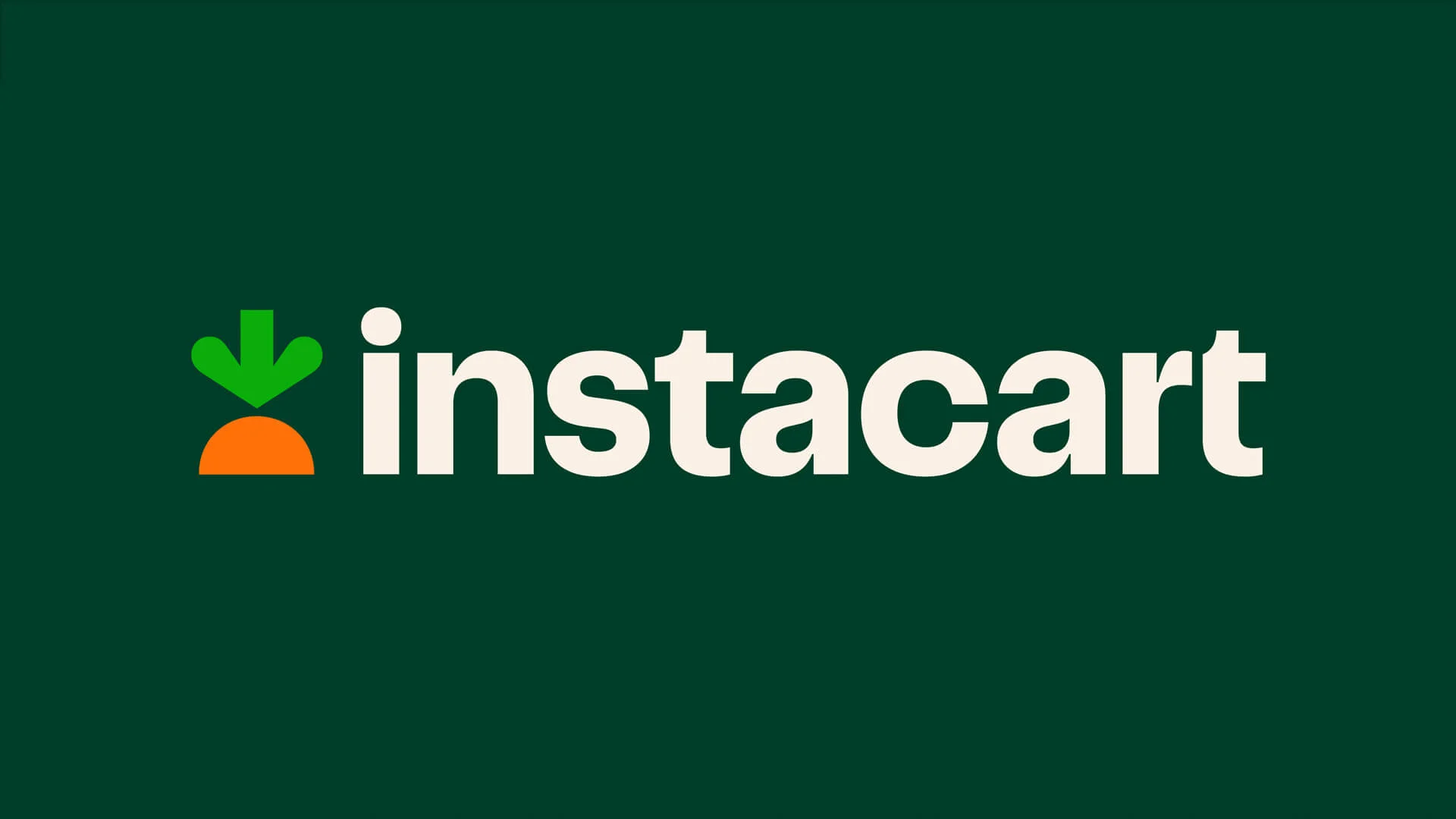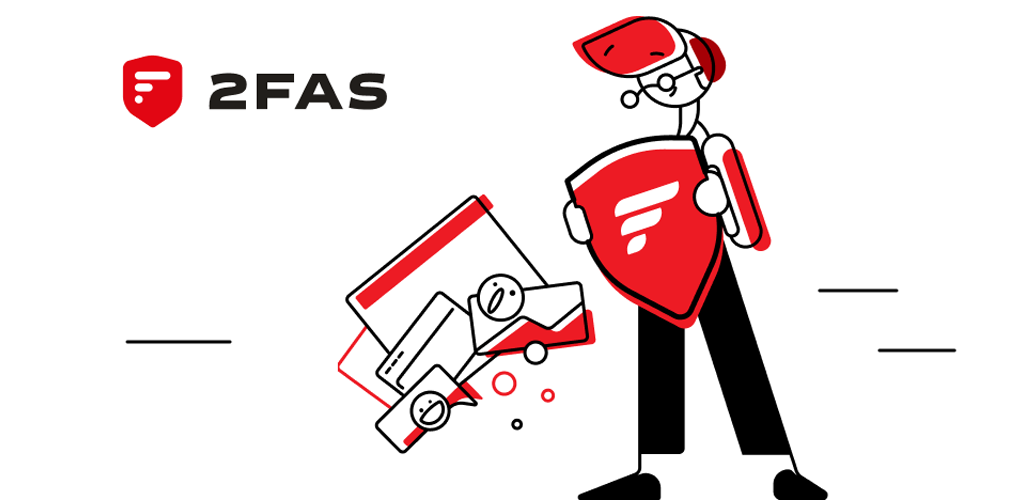Instacart: On-Demand Grocery Delivery & Pickup for the Modern Shopper
1. What Is It?
Instacart is an online platform (website and mobile app) that connects users with local retailers—primarily grocery stores—for on-demand delivery or pickup. Shoppers fulfill orders by visiting partner stores, selecting requested items, and delivering them to customers’ doorsteps. Founded in 2012, Instacart has expanded across the United States and parts of Canada, now integrating a range of store types, from big-box retailers to neighborhood specialty shops.
Which Problem Does It Solve? Busy individuals or those with limited mobility often lack time to visit physical stores. Instacart addresses this by outsourcing grocery shopping, offering a convenient alternative that saves customers trips, while also providing a gig-economy income stream for personal shoppers. In line with MyDigitalFortress , the platform’s approach to data usage and user privacy invites scrutiny, especially when dealing with personal shopping and location data.

2. Technical Foundations
Platform & Data Integration
Instacart’s backend integrates with partner stores’ inventory systems, updating prices, item availability, and promotions in near-real-time. Through the Instacart app or website , users can browse virtual aisles, add items to a digital cart, and schedule delivery or pickup windows. The platform relies on GPS data for shopper routing, plus push notifications for real-time order updates.
Pricing & Service Fees
Instacart typically charges a delivery fee, plus an optional service fee that covers platform costs. Some stores feature higher in-app prices than in-store. Users can purchase Instacart+ (formerly Instacart Express) for reduced fees and free delivery on orders over a certain threshold. This business model is reminiscent of other on-demand economy apps, exchanging convenience for additional cost, requiring thoughtful budgeting.
Data Privacy & Personalization
Instacart gathers user data such as shopping behaviors, addresses, and payment info. Their privacy policy details how info may be shared with partner retailers or third-party services. Personalized recommendations or targeted promotions arise from analyzing past purchases. Location data is also key, as Instacart tracks shopper routes for timely delivery, presenting potential location privacy concerns for security-conscious users.

3. Who Is It For?
Instacart targets a wide spectrum of consumers:
- Busy Professionals & Parents: People juggling schedules who rely on grocery delivery to save time.
- Individuals with Limited Mobility: Seniors or disabled users who can’t easily visit physical stores.
- Cost-Conscious Shoppers (with reservations): While fees can add up, curated deals and digital coupons offset some extra costs.
- Anyone Seeking Convenience: One-stop ordering from multiple local stores via a single app.
That said, privacy advocates or users concerned about centralized data collection might weigh the trade-offs carefully. From a MyDigitalFortress stance, understanding how Instacart handles personal info and location data is crucial before relying heavily on the service.
4. Use Cases & Real-World Examples
- Weekly Household Groceries: Families who pre-plan meals can place a large order once a week, saving time traveling or queuing in stores.
- Last-Minute Ingredients: Busy professionals who need a recipe item delivered quickly might find Instacart more convenient than a store run.
- Gifting & Special Occasions: Sending groceries or home essentials to relatives or friends as a supportive gesture—especially beneficial for out-of-town scenarios.
- Restaurant Supply or Office Snacks: Some offices or small businesses order bulk snacks or supplies via Instacart to avoid separate store trips.
5. Pros & Cons
Pros
- Convenience & Time-Saving: Access multiple stores in one order without leaving home.
- Wide Store Selection: Partnerships with large supermarkets and local specialty shops in many regions.
- Real-Time Order Updates: Track shopper progress, item replacements, and delivery status via the app.
- Instacart+ Membership: Reduced delivery fees and service charges for frequent users, potentially saving money.
Cons
- Additional Fees & Markups: Delivery, service fees, and sometimes higher in-app prices can inflate overall costs.
- Data Collection & Privacy Concerns: Sensitive purchase history, address, and location details stored by Instacart.
- Quality Control Variances: Shoppers may vary in skill (e.g., picking produce, handling replacements) leading to inconsistent experiences.
- Limited Coverage & Tipping Culture: Not available in all areas; reliance on tips for shoppers can complicate the final expense.
6. Getting Started
Ready to try Instacart? Here’s a quick guide:
- Create an Account: Sign up at Instacart.com or via the mobile app (iOS/Android). Provide name, email, and address for store availability checks.
- Choose a Store: Select from partnered retailers in your area. Compare fees or item prices if you’re cost-conscious.
- Browse & Add Items: Search for products or scroll aisles. Customize quantities, add notes for shoppers about replacements or preferences.
- Review Fees & Delivery Window: Select your preferred delivery time, watch for surge pricing during peak hours, and see total cost breakdown.
- Check Out & Track Order: Submit payment details, optionally tip your shopper, then follow real-time updates in the app until delivery.
7. Conclusion & Next Steps
Instacart streamlines grocery shopping through a user-friendly, on-demand delivery model. While the convenience factor can’t be overstated—particularly for busy or mobility-limited individuals—privacy-minded users should consider the data implications: storing location info, purchase history, and personal details in a centralized system.
Here at MyDigitalFortress, we recognize the trade-offs between convenience and privacy. For users comfortable with Instacart’s data usage policies, the platform offers a flexible, efficient way to handle household essentials without store visits. If cost or data concerns loom large, exploring local store pickup alternatives or smaller independent solutions might be preferable.
Next steps? Try a small test order to gauge pricing, shopper quality, and data usage. If it meets your convenience threshold and security preferences, Instacart can be a valuable addition to your modern tech-savvy lifestyle, consistent with the MyDigitalFortress aim of enhancing digital life without sacrificing too much control of personal data.





